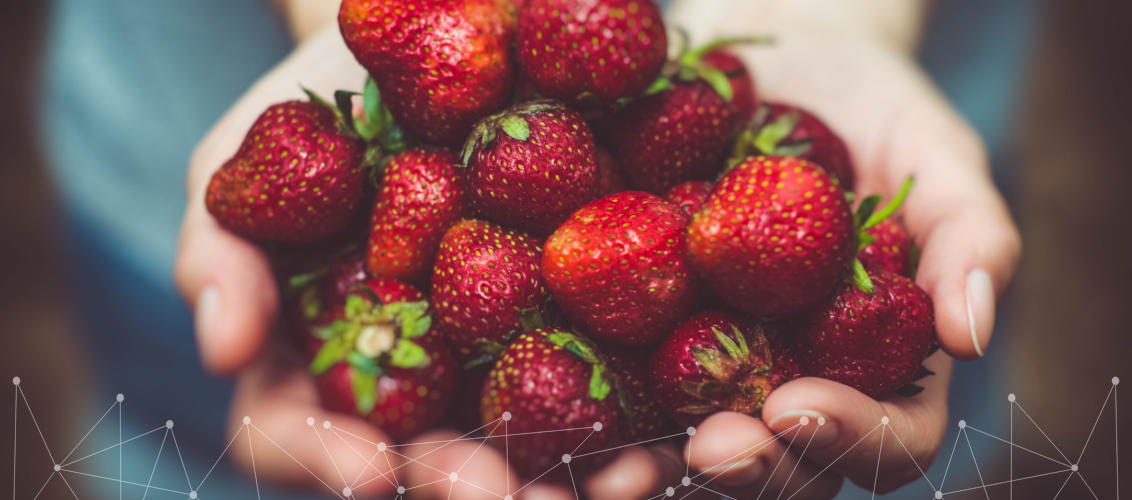
What you have to know about superfoods
Superfoods are nutritionally dense and healthy for our well-being. Blueberries, salmon, kale, and acai are only a few examples that have been given the name ‘superfood.’
However, according to the American Heart Association, there are no requirements to assess what is and what is not a superfood. Superfoods have no classes of food themselves.
Popular superfoods
Nuts and seeds have large amounts of minerals and good fats. While these are common additions to superfood lists, the downside is that they are high in calories. According to Hyde, a short handful of nuts might contain more than 100 calories. Shelled nuts and seeds are useful in this way as they require longer to break free, which slows you down.
Blueberries frequently dominate other superfood lists because they are high in vitamins, fiber soluble, and phytochemicals. Yet several other kinds of fruit, including strawberries and cranberries, contain the same nutrients present in blueberries. A 2013 study in the journal Circulation showed that the high consumption of phytochemicals called flavonoids — present in blueberries and other berries — may minimize some cardiovascular problems for young people.
Beans and whole grains are also listed as superfoods. Beans are a low-fat protein source. They include insoluble fiber that reduces cholesterol; soluble fiber that offers a prolonged sense of fullness; and many vitamins and trace minerals that are mostly missing from the standard American diet, such as manganese. Whole grains — named as, unlike processed grains, are not deprived of their nutrient-containing bran and germinating component during processing — have comparable benefits to those in beans. Still, they do not produce as much protein. Quinoa is not a plant, but cooks like one, and is, therefore, an excellent source of energy, vitamins, minerals, fiber, and antioxidants.
Salmon, sardines, mackerel, and certain other fatty fish are high in omega-3 fatty acids, believed to minimize the risk of heart failure and stroke.
Kale lives up to the attention he received, but so do other dark greens: Swiss chard, collars, mouthpiece, and spinach. These dark vegetables are filled with A, C, and K vitamins, fiber, calcium, and other minerals.
The superfood category also often includes sweet potatoes and squash for purposes close to leafy greens. Both food forms are typically great fiber sources, vitamin A and much more.
A recognized drawback of using the word “superfood” is that although the food itself can be safe, preparation might not be. Commercially packaged distilled green teas are mostly mixed with lower teas and blended with tons of sugar. Many “star juices” squeezed from acai berry, noni berries, and pomegranate may also have lots of added sugar.
Studies have found that the optimal diet is one with a full variety of fruits, berries, whole grains, and balanced animal products. Superfoods might be a decent gateway to healthier living, so it can be fascinating to consider food’s nutritious importance.
All myAir bars are packed with superfood and adaptogens designed to relieve stress
